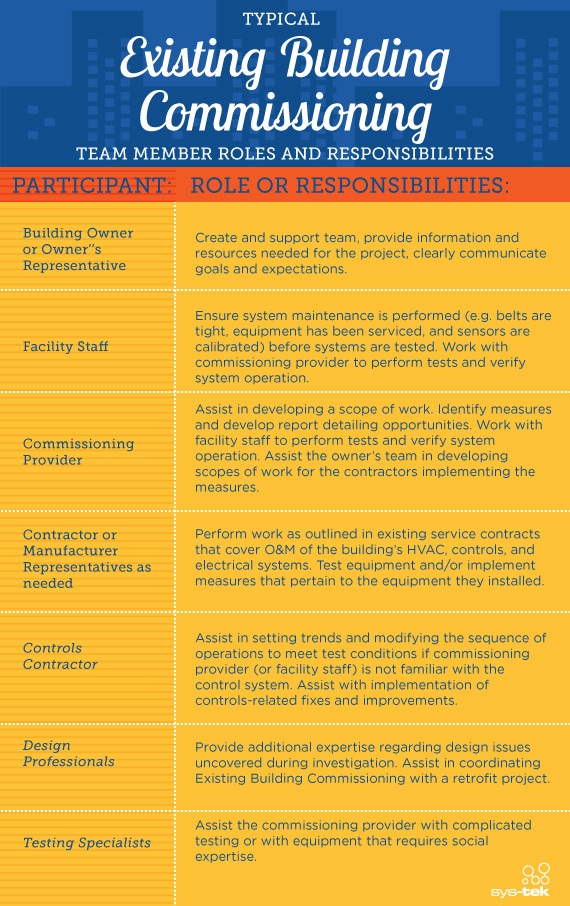How Much Does LEED Cost?
Mar 13, 2009
I am often asked the question, how much does LEED cost? As a LEED Accredited Professional, my trained answer is that LEED reduces first cost as well as operating cost. As a consulting engineer working in the central mid-west, my answer is that there are no first cost savings; nevertheless, the operating savings achieved through improved building performance can be easily justified through the realization of energy cost savings and reduced maintenance costs.
One of the reasons the United States Green Building Council (USGBC) indicates a reduction in first cost is because heating and cooling equipment peak loads will be reduced through LEED design principals, thereby reducing the size of the equipment. When mechanical equipment size is reduced, a domino effect occurs in the building’s first cost by reducing the size of HVAC equipment and distribution systems as well as the reduced size of electrical power feeders, resulting in additional first cost savings.
However, in climates experiencing extreme winter and summer temperatures — which is typical here in Kansas City — the mechanical and electrical equipment is sized based on building recovery time, not peak load. The reasoning behind this sizing technique is to have sufficient capacity so the building temperature can be offset during unoccupied periods and then have the capacity for the building to recover when returning to occupied operation. The reasonable time period to recover a building is between two to four hours. This is based on extreme temperatures, for example, when the outdoor air drops to zero degrees in the winter or stays in the 80s at night in the summer. I hate to have to say it, but in the Central Midwest where I live, these extremes are more common than not.
We have commissioned projects in the past where the mechanical equipment sizing was reduced to lower first cost in accordance with LEED principals. What we experienced during unoccupied periods when outdoor temperatures were below 30°F or greater than 78°F was that the building temperatures could not be reset from their occupied setting. The reason for this was because the mechanical equipment simply did not have the capacity to return the building to its occupied temperature. In fact, it was like watching a dog chase its tail, and in some instances, the building did not recover until the outdoor air temperature increased or the building unloaded.
There is a reduction in building performance and increased maintenance cost if a building is not capable of resetting temperature during unoccupied periods. This is more relevant during winter than summer but we have actually witnessed the inability of cooling systems to recover until the building is empty the following day. The increase in maintenance cost comes from additional run hours for equipment. Naturally there is an increase in energy cost because equipment must remain operating and building temperatures maintained at occupied settings.
Basically, using the LEED principals and making the statement that equipment sizing can be reduced because peak loads are reduced needs to be weighed carefully to insure that the energy saving strategies can indeed be implemented on a year-round basis. I am sure in softer climates where the outdoor temperatures are not so extreme from winter to summer, this reduced sizing strategy works fine. However, from our real world experience designing and commissioning buildings in the Central Midwest region: simply put, we know this strategy does not work in extreme weather conditions.
Another increased cost is in professional engineering fees for developing the needed documentation required by the LEED certification process. It simply takes more time, resulting in increased costs. On a positive note, this additional cost can easily be justified through reduced energy and maintenance cost. It has been well documented that buildings that perform and maintain desired room temperature increases worker performance while at the same time reducing energy cost.
As design engineers and commissioning agents we have been on both sides of a project where we have engineered high performance mechanical and electrical systems for LEED, as well as commissioned under the enhanced LEED commissioning point. In my opinion the USGBC through the LEED certification program has placed healthy, high performing buildings on the map. The increased value that LEED certification provides far outweighs any additional first cost in Architectural and Engineering fees. Common sense tells you that the first cost for mechanical and electrical systems is minuscule compared to owning and operating costs. Commissioning buildings is long overdue. The fact is, I have provided commissioning services since 1988 and could not sell this service to any client who was either not publically funded (county, state or federal), or the facility had to be mission critical (telecommunication, data center, or pharmaceutical).
At the end of the day LEED can cost more, however, clearly justified. With that said, the question often asked ‘Does LEED cost more?’ is not really the question. More accurately, the question should be ‘why shouldn’t my project be LEED certified?’ By asking this question you will get your true answer.
-Gary Short







